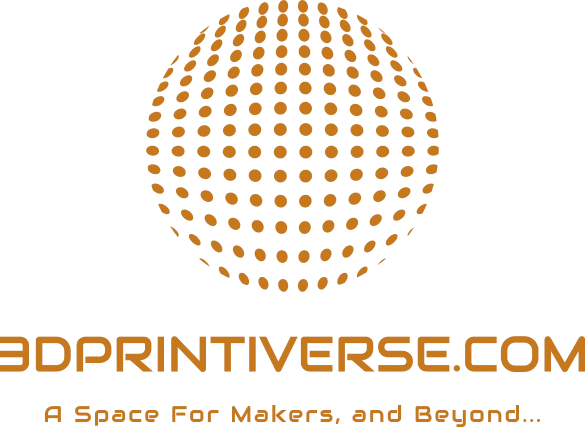Introduction
3D printing, also known as additive manufacturing, has transformed the manufacturing landscape. What began as a niche technology for rapid prototyping has now permeated various industries, offering unprecedented design flexibility, cost savings, and production speed. This blog explores the evolution of 3D printing, its impact on different sectors, and what the future holds for this groundbreaking technology.
The Evolution of 3D Printing
The origins of 3D printing can be traced back to the 1980s with the invention of stereolithography by Charles Hull. Early applications were limited to prototyping due to high costs and limited material options. Over the decades, advancements in technology have expanded the capabilities and accessibility of 3D printing. Today, it encompasses various techniques, including selective laser sintering (SLS), fused deposition modeling (FDM), and digital light processing (DLP), each with unique benefits and applications.
Impact on Various Industries
-
Healthcare: 3D printing has revolutionized healthcare by enabling the production of custom prosthetics, implants, and even bioprinted tissues and organs. Surgeons can create patient-specific models for preoperative planning, enhancing precision and outcomes.
-
Automotive and Aerospace: In these industries, 3D printing is used for creating lightweight components, reducing waste, and shortening the design-to-production cycle. This leads to more fuel-efficient vehicles and aircraft.
-
Consumer Goods: From customized jewelry to home décor, 3D printing allows for personalized products. It also facilitates rapid prototyping, enabling designers to iterate and bring products to market faster.
The Future of 3D Printing
The future of 3D printing is bright, with ongoing research pushing the boundaries of what’s possible. Innovations like multi-material printing, larger build volumes, and improved printing speeds are on the horizon. As costs continue to decrease, we can expect even broader adoption across industries, further revolutionizing manufacturing processes.
Conclusion
3D printing is no longer a futuristic concept but a tangible technology transforming industries. Its ability to create complex designs, reduce waste, and customize products is unparalleled. As technology advances, the impact of 3D printing will only continue to grow, promising a future where the possibilities are limitless.






